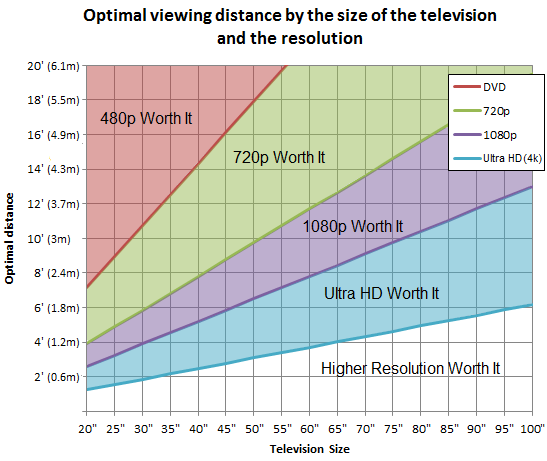Should you buy a new tv or stick with the one you’ve got? Is OLED really a better type of TV? Why am I here? Because you want to learn of course!
Screen
There’s been some crazy stuff going on in the TV world lately and without going too much into the ins and outs of every product, here’s a quick dive into some of the differences.
As a rule of thumb, I would recommend purchasing a TV only from TCL, Samsung, Sony, LG or Vizio. Other TV manufacturers use poor quality components and often have even worse customer service.
LED TV’s are still the most common and the cheapest (generally) TV available. They are good all around performers for any content you want to watch and you can spend anywhere from $150 to $4000 on a LED TV. The only differences worth mentioning without getting too far in the weeds is that there are two types of LED TV displays. There are VA and IPS panels. VA panels have good contrast (difference between black and white) and so-so viewing angles and IPS panels have good viewing angles but poor contrast. Unless you will always be watching TV in a lit room or have a very wide seating area, it’s really hard to recommend IPS TV’s because of the sacrifice of contrast to enhance the viewing angles. Mostly only LG LED TV’s are IPS but there are others. If you’re wondering if a model you have or are looking at purchasing is IPS or VA, this website has probably tested your TV so you can look it up there. The only other thing to mention is that the more expensive TV’s not only look prettier physically but have much better lighting systems so you can get far superior image quality and color output from a better LED TV.
OLED TV’s are becoming much more reasonable in cost, but are still much more than the majority of their LED counterparts. They offer superior picture performance to all but the most expensive LED TV’s because they have infinite contrast and great color palettes. They are not perfect though and can suffer from image burn-in if you are always watching static content like the scrolling banner on news channels. They also can’t get as bright as high-end LED TV’s so if you have a need to be blinded by your TV, OLED isn’t the one for you.
Micro LED is a brand new technology that meshes the best of both worlds. The longevity of an LED with the stunning picture quality of an OLED. These aren’t in production yet but will likely be released initially by Samsung in the next year. They will be very expensive, just like any new technology when it’s released to the consumer. The other great thing about these TV’s is that they’ll be modular. The units are made up of smaller individual squares instead of one uniform panel so you can make any screen size you want which is great if you only have enough money to buy a 55″ model this year and want to upgrade to 65″ next year.
Final note about screen resolution. This year some 8k TV’s will be released and these are a waste of money, if buying for the increased resolution alone. The resolution of a 4k tv is already very sharp compared to 1080p and the difference between 4k and 8k is very small in real world usage. Use the image below to see the value of increased resolution based on your screen size. Even at 100 inches, you still have to be 6 feet or closer to notice a difference!


Leave a comment